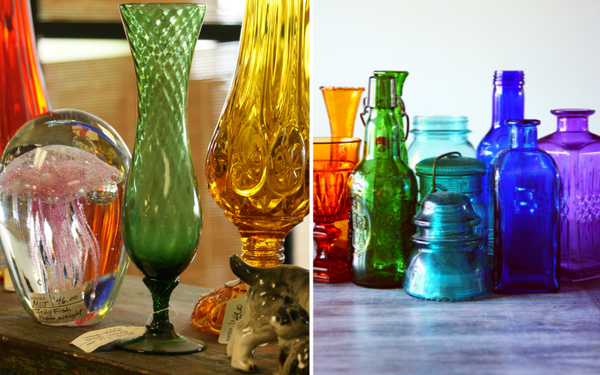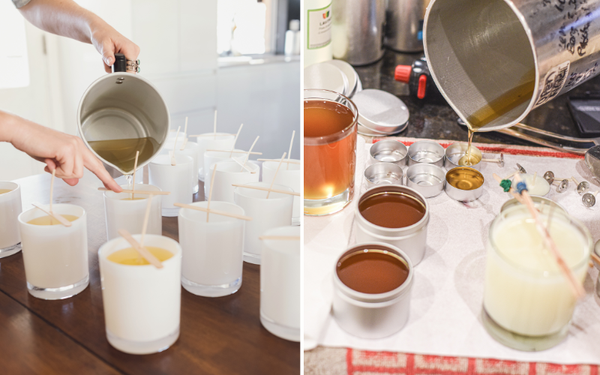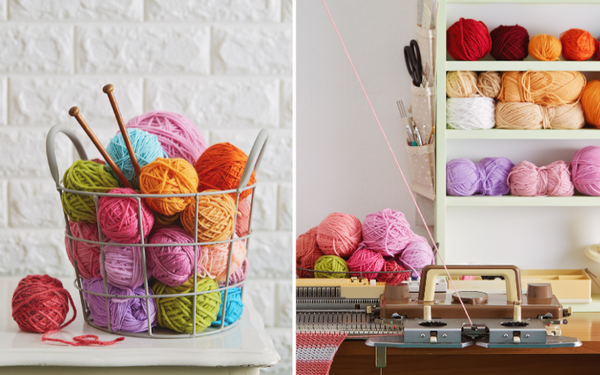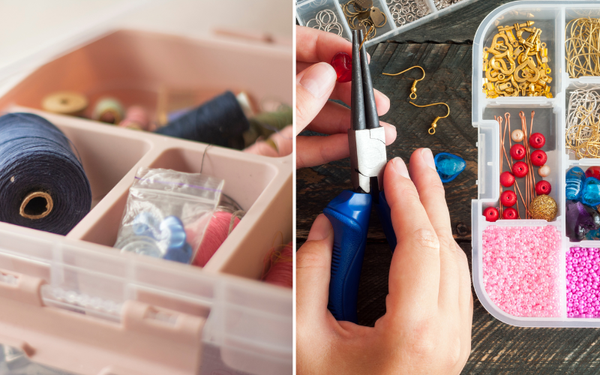In recent years, we've seen a resurgence in the popularity of tie-dye. Once the trademark of '60s counterculture, this vibrant and eclectic pattern has found its way back into the wardrobes of the masses. Whether you've spotted it on the runway, in storefronts, or being donned by a passerby on the street, there's no denying that tie-dye is back in style.
But tie-dye isn't a one-size-fits-all pattern. There are myriad techniques, each giving birth to a distinct pattern and mood. Today, we'll delve deep into three popular styles of tie-dye, providing insights for enthusiasts and newcomers alike. As the demand for DIY crafts surges, the search for quality tie-dye kits has risen. Without further ado, let's unveil these styles.
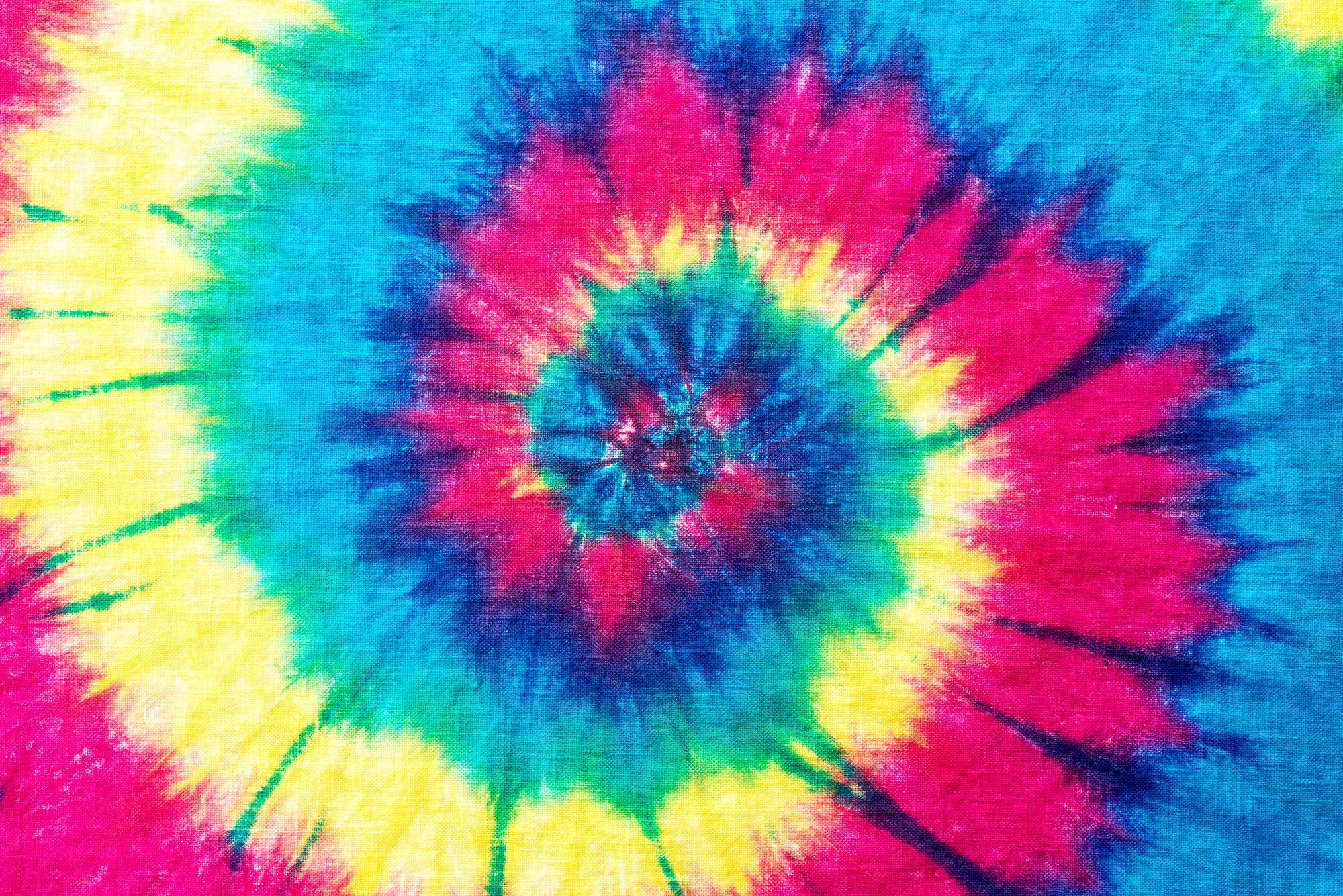
1. The Spiral Tie-Dye
The spiral pattern is perhaps the most recognized of all tie-dye designs. Synonymous with the swirling, psychedelic patterns of the 1960s, it's a favorite for many due to its distinctive and bold appearance.
How it's done:
- To achieve the spiral pattern, lay your fabric flat. Pinch your fabric in the center and begin twisting it. As you twist, the fabric will naturally form a circular, spiral shape.
- Once the spiral is formed, you can secure it with rubber bands, dividing the circle into segments.
- Using different dyes, each segment can be colored differently. This segmentation will define the swirls of your spiral pattern.
Tie-Dye Kits tip: When opting for a spiral design, ensure your kit has a variety of colors. The more colors you use, the more vibrant and intricate your pattern can be.
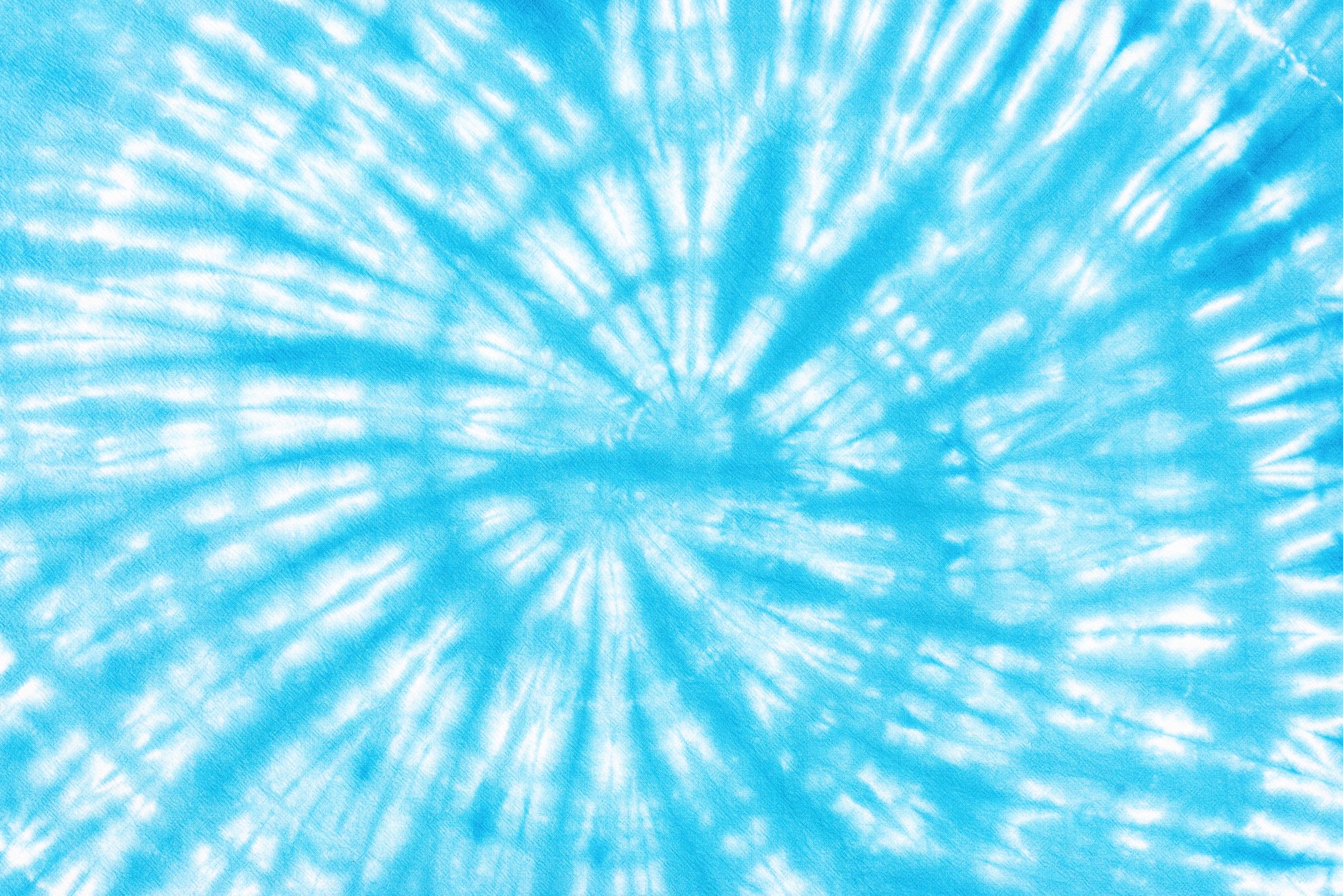
2. The Shibori Tie-Dye
Originating from Japan, the Shibori technique is a refined, methodological process that results in beautiful, detailed patterns. Unlike the wild and free-form nature of the spiral, Shibori is about precision.
How it's done:
- There are various Shibori methods, but one popular approach is the 'Itajime' method. This involves folding the fabric into a rectangle or triangle and then sandwiching the folded fabric between two wooden blocks.
- The blocks are clamped tight, and the fabric is submerged in dye. When the clamps and blocks are removed, the areas that were protected reveal patterns that are often geometric in nature.
Tie-Dye Kits tip: When looking for a tie-dye kit for Shibori, it's essential to get one with vibrant dye colors. Due to the precision involved, the dye's potency can determine the clarity of your pattern.

3. The Crumple Tie-Dye
The crumple technique is exactly what it sounds like. It creates a more abstract, marbled effect that's much less predictable than the previous two methods but equally captivating.
How it's done:
- The fabric is scrunched and crumpled randomly. There's no specific method to this; the more random, the better.
- Once crumpled to satisfaction, the fabric is bound with rubber bands to hold the crumpled form.
- The dye is then applied, seeping into the crevices and folds of the crumpled fabric.
Tie-Dye Kits tip: Crumple tie-dye is excellent for beginners as it doesn't require as much precision. Look for kits that offer a blend of light and dark dyes to achieve a unique, marbled contrast.
Conclusion
Each tie-dye technique offers its own charm and appeal. Whether you're drawn to the iconic spiral, the meticulous Shibori, or the unpredictable crumple, there's a tie-dye style to suit every aesthetic.
Moreover, with the rise in DIY craft culture and the prevalence of top-tier tie-dye kits on the market, there's never been a better time to immerse oneself in the colorful world of tie-dye. Not only is it an avenue for artistic expression, but it's also a therapeutic activity that can be enjoyed solo or as a group.
For the uninitiated, investing in a quality tie-dye kit is paramount. As highlighted, different patterns can benefit from varied dye colors and intensities. For a one-stop solution, seek out kits that offer a diverse color palette and user-friendly instructions.
You Might Also Like...






